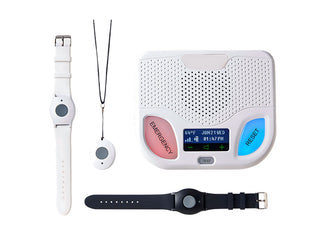What is a medical alert bracelet? Also known as medical ID bracelets, medical alert bracelets are designed to provide first response personnel with important information regarding your health. In an emergency, you may be unable to communicate the details of your medical conditions, medications you take, or any severe allergies you have. Medical alert bracelets speak on your behalf to relay this vital information that could potentially save your life.
Discover why a medical ID is suitable for you, where you can find stylish medical alert bracelets, and learn the key difference between a medical alert bracelet and a medical alert system.






